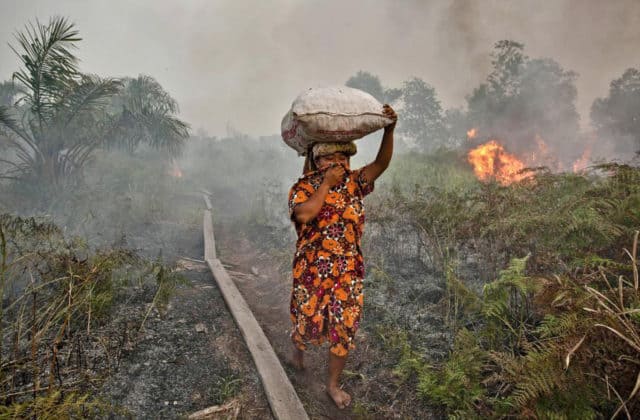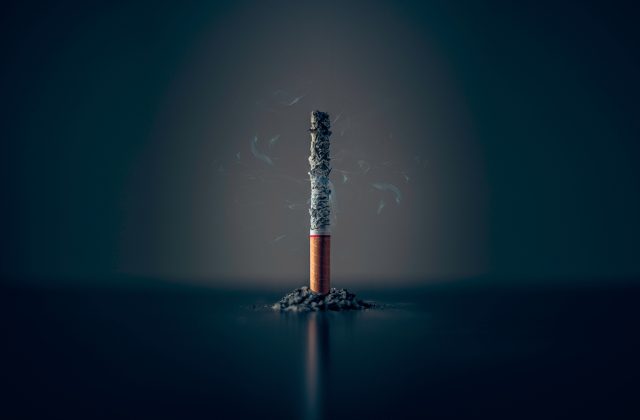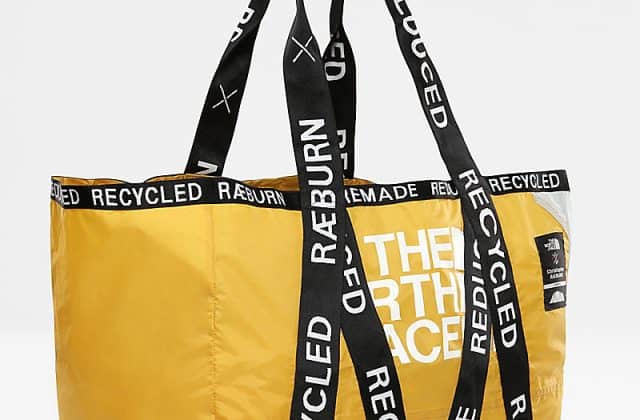In this article, we explore the issue of child labor, which still exists, in an increasingly consumerist society that feeds on novelty, at the expense of the most unprotected and disadvantaged.
Are such atrocities still being committed for the sake of fashion? Here, we went to unveil the veil and were tremendously alarmed.
According to the ILO (International Labor Organization), more than 160 million children around the world are affected by #childlabor, almost 1 in every 10 children. Many of them belong to the textile industry sector to satisfy the demand of so-called Western consumers.
© SHEIN
Despite global, national and sectoral initiatives to abolish child labor, almost 11% percent of the global child population are child workers.
Child labor is prohibited by law in most countries. It is generally considered unacceptable for a child to work long hours or to perform tedious, dangerous, heavy or dirty tasks.
The United Nations Convention on the Rights of the Child stipulates that all work carried out by children under the age of 15 – and all hazardous work carried out by children under the age of 18 – is illegal.
Context
The global apparel industry has doubled in the last 15 years and is powered by a workforce estimated at 60 million people. The deprivation that the vast majority of these workers and their families face on a daily basis stands in contrast to the enormous profits reported annually by global fashion brands.
Workers’ wages represent only a fraction of what consumers pay for clothes due to deeply embedded structural power dynamics.
In this way, countless brands, in order to adapt to new market changes and consumer demands hungry for “news”, seek to respond to this trend with more and more collections, throughout the year, and with increasingly lower production costs.
In this sense, they end up looking for production sites where labor is cheaper and is not properly protected with dignified and fair conditions. Furthermore, these brands generally do not establish transparent and close relationships with their suppliers, thus affecting the entire supply chain.
Movements such as #fashionrevolution (who made my clothes) and #cleanclothescampaign have advocated and raised awareness of the issue of “child slavery” in the fashion industry and the precarious and almost non-existent conditions for those who produce for the Western world.
Countries like China, India, Cambodia, Indonesia, among many others, end up being in the sights of big #fastfashion brands because they represent an oasis of precarious working conditions.
© UNICEF cotton child labour
Hazardous work in cotton production is among the worst forms of child labor, as children are exposed to harmful pesticides (as indicated by ILO Convention 182 on the Worst Forms of Child Labor, which was universally ratified in 2020).
Children who work with cotton can be exposed to harmful chemicals, subject to isolation, high temperatures and be at risk from insects and other animal threats, causing serious health impacts.
The UN Guiding Principles on Business and Human Rights clearly set out the role and responsibilities of business in respecting the human right to fair wages. This responsibility “exists independently of the ability and/or willingness of States to fulfill their own human rights obligations… And it exists beyond compliance with national laws and regulations that protect human rights”.
In other words, in cases where legal minimum wages do not meet the minimum subsistence level (living wage) for workers in producing countries – companies have an obligation to remedy the State’s failures.
© Child labour documentary – TIME








